WHO finally recommends 'wearing a mask of the general public' and acknowledges that it will prevent the spread of new coronavirus

On June 5, 2020, the World Health Organization (WHO), which has
When and how to use masks
https://www.who.int/emergencies/diseases/novel-coronavirus-2019/advice-for-public/when-and-how-to-use-masks
Here's what WHO says your mask should have to prevent COVID-19 spread | Ars Technica
https://arstechnica.com/science/2020/06/who-now-recommends-the-public-use-masks-good-masks-in-covid-19-areas/
Masks are a widely accepted countermeasure against infectious diseases in Japan, but the views of WHO up to now are different. When WHO updated its “ (PDF file) Guidelines for mask use ” on April 6, 2020, “The use of cloth masks, which are known as non-medical masks, in the community is well evaluated. No. At present, there is not enough evidence to recommend or deny the use of masks.' He said that there is no basis that non-medical masks can prevent infection.
However, in the update on June 5, 2020, WHO turned around. 'If the new coronavirus is widespread and it is impossible or difficult to secure a social distance of 6 feet or more, we recommend wearing a handmade or commercially available cloth mask.' Did.
However, the statement said, 'At this time, the effects of widespread use of masks by healthy people are not supported by credible evidence or direct scientific evidence, and potential benefits and harms to consider. There is no solid evidence of the effectiveness of wearing a mask for the general public,” he said.
WHO Secretary-General Tedros Adanom also said in a press conference held on June 5, 2020, 'Masks alone cannot protect us from COVID-19.' 'Masks can't replace social distances, hand sanitization, and other public health measures.' 'Masks are only useful as part of a comprehensive approach to fighting COVID-19.' I reiterate that the importance of ensuring social distance and disinfecting hands has not been lost.
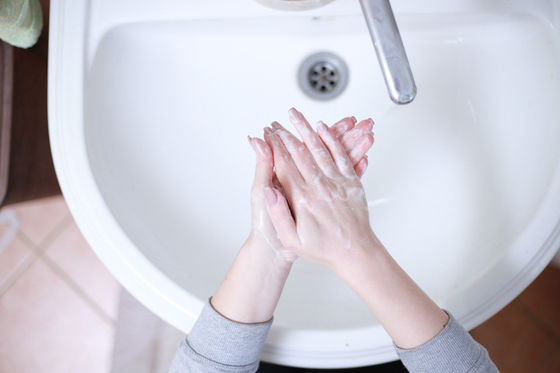
In addition, WHO also released a movie 'How to wear cloth masks correctly' when updating on June 5. Learn how to wear a mask that reduces your chances of getting infection, based on previous studies.
It is said that it is desirable that the cloth mask has a three-layer structure of 'waterproof cloth' on the outside and 'water absorption cloth' and 'filter' on the inside.
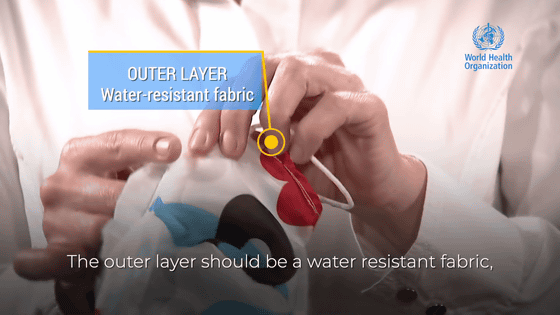
When wearing a cloth mask, rub your hands with rubbing alcohol for 20 to 30 seconds, or wash your hands with soap for 40 to 60 seconds to thoroughly disinfect your fingers.
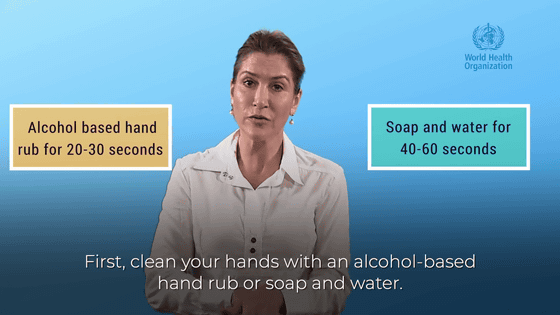
After confirming that the cloth mask is not dirty, put on the mask to cover the nose, mouth and chin. Stick the cloth mask on the skin so that there is no gap between the cloth mask and the skin.
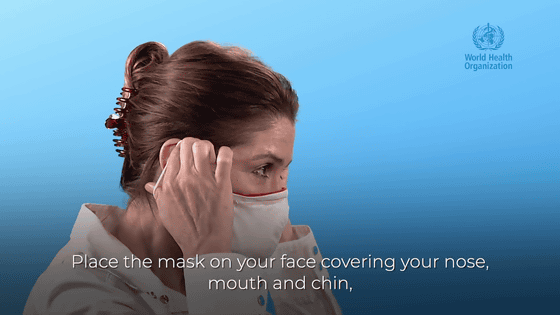
To avoid viral contamination, do not touch the cloth mask with your hands after wearing it.
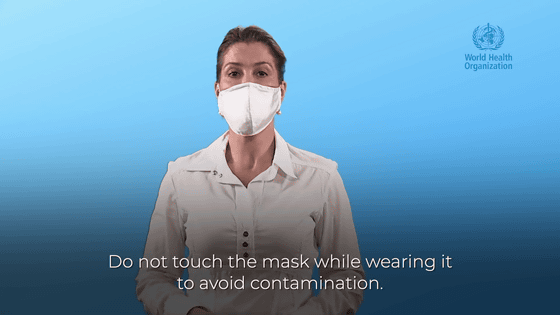
Below is a description of wearing a medical mask. Masks sold as pollen and anti-virus measures in Japanese pharmacies also correspond to medical masks.
The points to note are the same as the cloth mask, but the medical mask is different from the cloth mask in that there are top and bottom and front and back. Since the medical mask has a wire (nose fitter) at the part that adheres to the nose, check the top and bottom before putting it on.

According to WHO, medical masks are generally “the side where the white color is applied to the mouth”. Please note that the color and construction of the face to be applied to the mouth differ depending on the manufacturer.

After wearing the medical mask, press the wire along the nose shape.
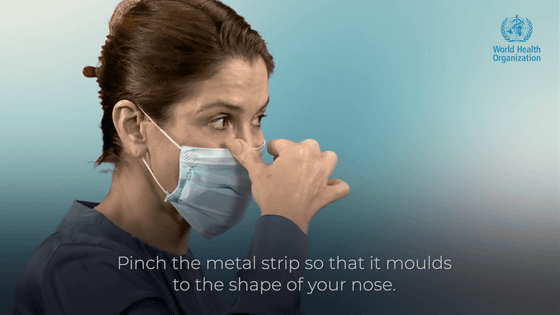
In addition, WHO also refers to the 'fabric' when making a cloth mask yourself. According to WHO, the quality factor as a filter called 'Q' is important for the cloth for cloth masks. The higher this Q, the better both filtration and breathability. From the table below, you can see that the fabrics such as “Polypropylene”, “Cotton” and “Polyester” have a high Q value and are excellent as cloth masks. According to WHO, the use of fabrics with a 'Q of 3 or more' is recommended.
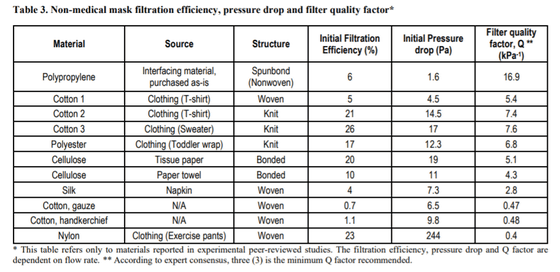
When the fabric is folded, the filtration effect will be 2 to 5 times, so WHO recommends folding the fabric used as a filter. However, WHO wrote that even if the handkerchief made of cotton with a low Q value is folded four times, the filtration effect will be only 13%, explaining that the Q of the fabric itself is important even when folding.
This change in claim is due to new research published in the past month. WHO emphasizes that the latest guidelines are based on the latest data.
Related Posts:
in Note, Posted by darkhorse_log







